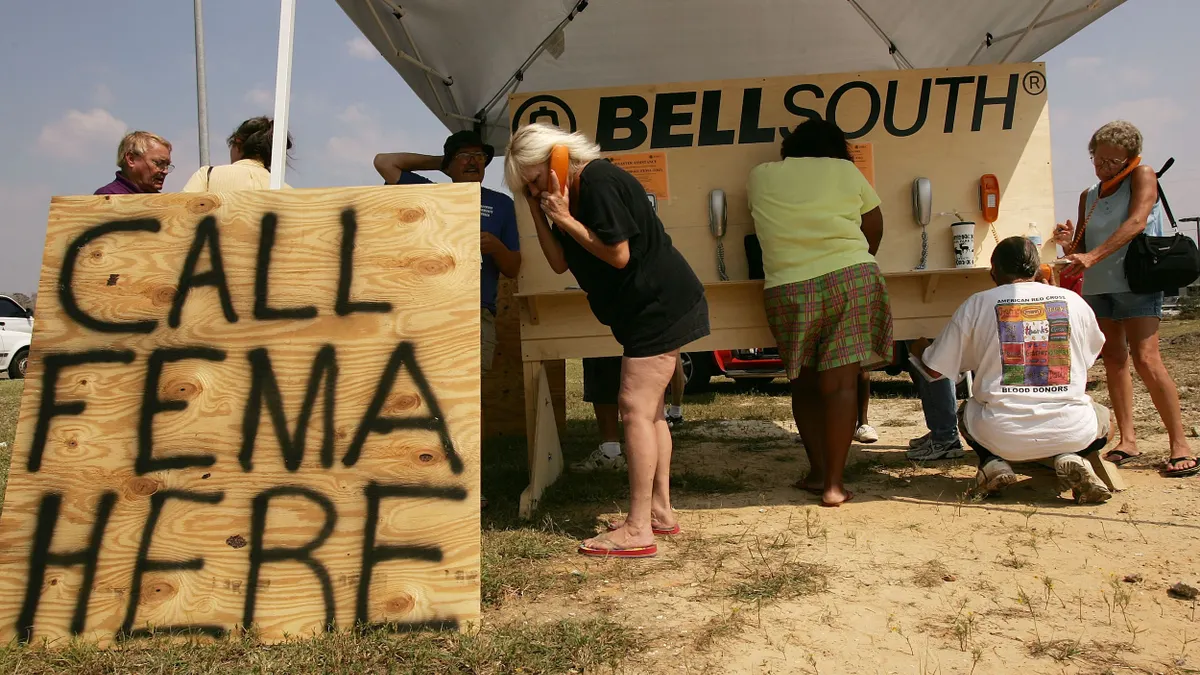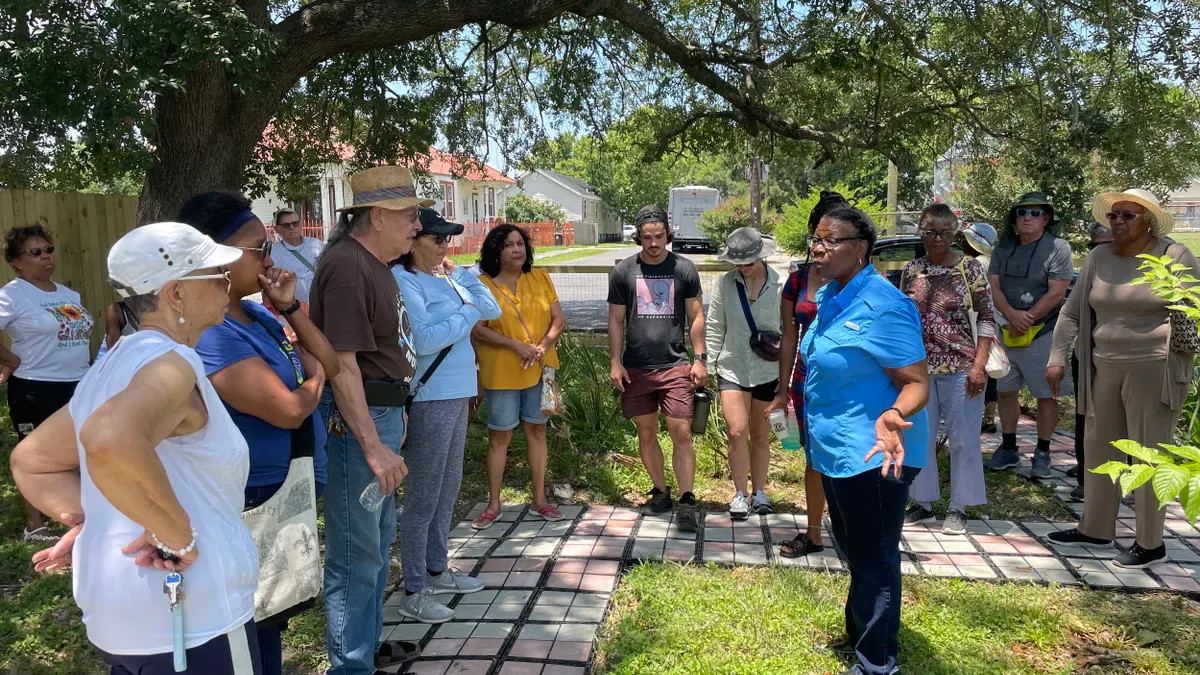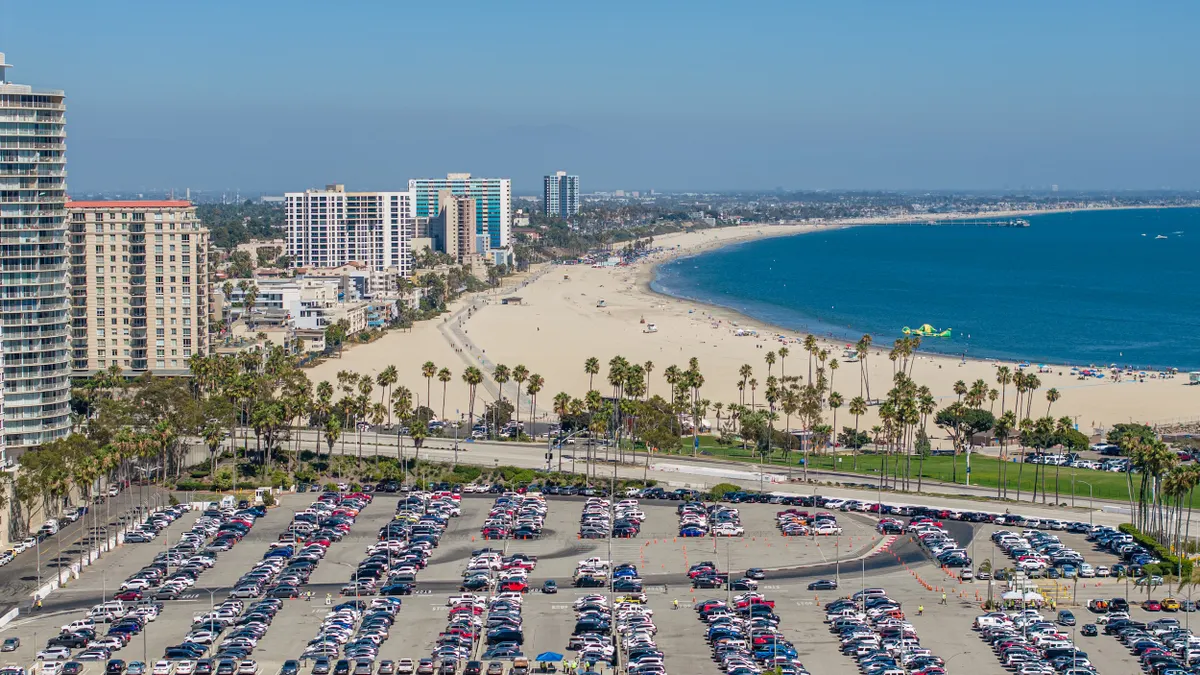Editor's Note: The following is a guest post from Gillan Taddune, CEO of Banyan Water.
Bill Gates made headlines in November 2017 when one of his investment firms, Belmont Partners, announced the $80 million purchase of 25,000-acre plot of land in Arizona to build a smart city — "Belmont."
Belmont will be a fully functioning community with bustling businesses, schools and 80,000 homes. Once the city gates open, Belmont will be able to host an equivalent population to Salt Lake City, which is home to more than 193,000 people.
But why build a smart city in the Arizona desert? In addition to low cost of land, Arizona offers attractive solar energy opportunities and is fairly progressive with self-driving car regulations. Though, while these attributes are compelling for the ground-up development of a smart city, the plan for Belmont’s construction should include an acknowledgement of and robust planning for Arizona’s long-term water crisis.
The state of Arizona’s water crisis
Although the smart city proposal outlines several methods for low energy consumption, it fails to address water maintenance, monitoring and conservation. To initiate the city’s development, the Belmont team must prove there is enough water to supply to residents and the city for 100 years. This is a grim challenge to face considering Arizona’s ongoing water crisis.
Most of Arizona acquires its water from the Colorado River, which is also shared by neighboring California and Nevada. The Colorado River supply has been consistently shrinking since the early 1990s. In a 2012 study by the Bureau of Land Reclamation, scientists project that the demand on the Colorado River will surpass supply as early as 2028. The study also considers normal population growth curves, which likely did not account for the construction of an entire new city that is dependent on the Colorado River’s supply.
If Belmont planners can prove they can provide at least 100 years or water, their next crucial task will be to establish efficient water usage and monitoring habits with residents, facility managers, utilities and other water users. Perhaps the project’s single biggest advantage within the context of water conservation is that building a smart city from scratch enables builders to integrate innovative water technology at the ground level rather than having to retroactively do so.
Building a culture of water conservation
Beyond implementing smart water technology, facility and city managers must monitor Belmont’s water usage closely while focusing on potential problem areas that could cause unnecessary waste. The average U.S. water utility loses 30% of its water due to infrastructure leaks before it even reaches the end user. Leakage is unacceptable in a smart city like Belmont.
Another looming water challenge for Belmont is much less tangible: water usage behavior. Due to extremely low water rates, lack of concern around drinking water safety, and the mythical perception that water supply is unlimited, the U.S. has steadfastly remained the highest per-capita water user in the world. According to Statista, the average U.S. citizen uses 154,012 gallons of water per year while citizens of Ireland, Denmark and the United Kingdom use about 44,000 gallons of water per year. The difference is astounding.
Unsurprisingly, the cost of water in the latter three countries is roughly ten times the cost of water in the U.S. Belmont’s energy and water usage plans should factor in both a demand-appropriate water cost to its residents as well as educational campaigns targeted toward fostering better water stewards.
By regularly educating residents, pricing water at a rate that demands awareness — resembling how residents view energy usage — and even providing residents with access to their own water usage data, effective water conservation tactics will naturally infiltrate Belmont’s community, helping the city maintain reasonable usage levels.
Smart city development — both new and retrofit — is a crucial aspect of resource management in the U.S. and beyond. Other parts of the world, such as East Asia and Europe, are rapidly integrating innovative technologies into their cities, and the proposal for Belmont represents an excellent step from the U.S. on the path toward a more efficient future. However, building a test city in a drought-stricken area may produce more environmental challenges than benefits.
Belmont’s smart city development process should be carefully watched as it tackles resource constraints, technological integrations and more. Hopefully, Belmont’s success will ignite a wave of smart city development that is friendly to both humans and the environment, as well as adaptable in the U.S. and abroad.

















